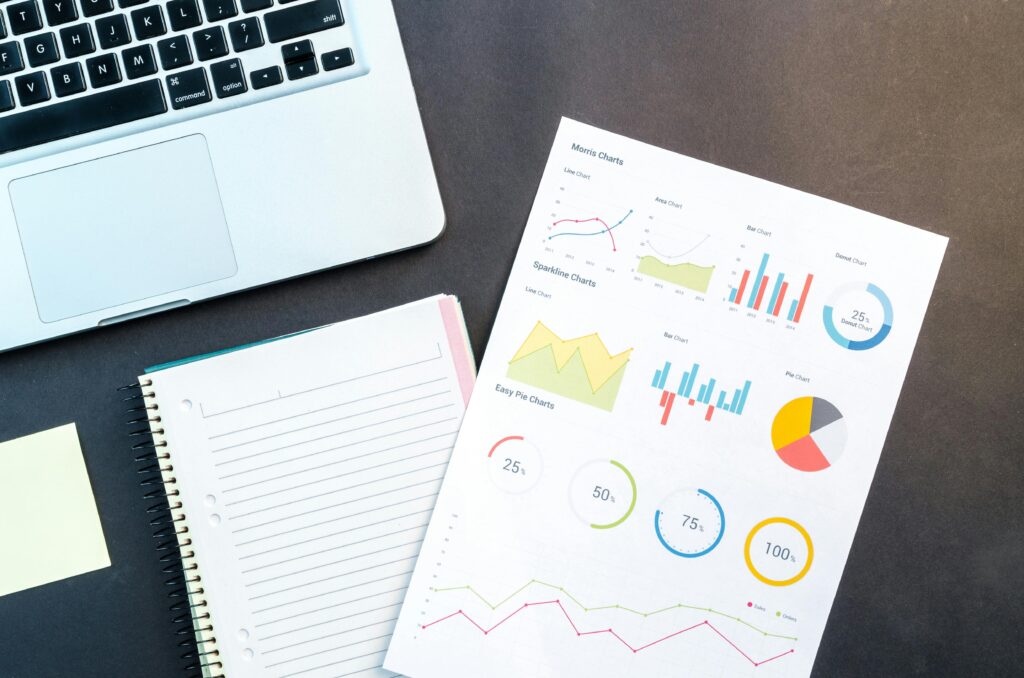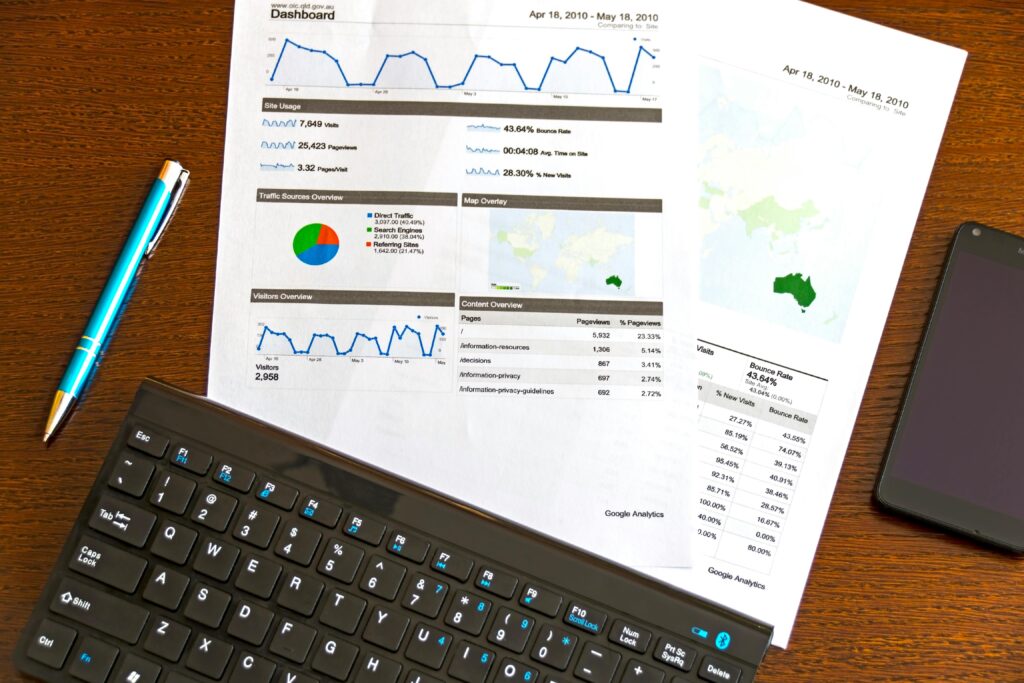
In the ever-evolving field of data analysis, having the right tools and apps is crucial to success. These resources not only streamline workflows but also unlock deeper insights and drive more informed decisions. Whether you’re a seasoned professional or just starting out, this guide will introduce you to the best tools and apps for data analysts in 2024.
1. Python: The Versatile Powerhouse
Python remains a staple for data analysts due to its versatility and robust libraries like Pandas, NumPy, and Matplotlib. Its simplicity and readability make it accessible for beginners while offering advanced functionalities for experienced users. Tools like Jupyter Notebook further enhance Python’s utility, providing an interactive environment for data exploration and visualization.
2. R: The Statistical Specialist
R is a powerful tool for statistical analysis and visualization. With packages like ggplot2, dplyr, and tidyr, R excels in data manipulation, statistical modeling, and creating high-quality graphics. RStudio, an integrated development environment (IDE) for R, enhances the user experience with features that support efficient coding and debugging.
3. SQL: The Database Maestro
Structured Query Language (SQL) is indispensable for managing and querying large datasets stored in relational databases. Tools like MySQL, PostgreSQL, and Microsoft SQL Server enable data analysts to extract, manipulate, and analyze data efficiently. SQL’s straightforward syntax and widespread use make it a fundamental skill for any data analyst.
4. Tableau: The Visualization Virtuoso
Tableau is renowned for its powerful data visualization capabilities. It allows analysts to create interactive and shareable dashboards that transform complex data into actionable insights. With its user-friendly drag-and-drop interface, Tableau makes it easy to build sophisticated visualizations without extensive coding knowledge.
5. Excel: The Classic Workhorse
Excel remains a fundamental tool for data analysis due to its versatility and ease of use. While often considered basic, Excel offers advanced features like pivot tables, data analysis toolpak, and various functions that support complex data manipulation and analysis. Its widespread availability and familiarity make it an essential tool in any analyst’s toolkit.
6. Power BI: The Business Intelligence Beacon
Microsoft Power BI is a powerful business analytics tool that enables analysts to visualize data and share insights across their organization. With its integration with various data sources and robust data modeling capabilities, Power BI helps create detailed and interactive reports that drive business decisions.
7. SAS: The Statistical Giant
SAS is a comprehensive software suite used for advanced analytics, multivariate analysis, business intelligence, and data management. It is particularly popular in industries like healthcare, finance, and pharmaceuticals due to its robust statistical analysis capabilities and reliable performance.
8. Apache Hadoop: The Big Data Backbone
For handling vast amounts of data, Apache Hadoop is an essential tool. Its distributed computing model allows for the processing of large datasets across clusters of computers. Hadoop’s ecosystem includes tools like Hive, Pig, and HBase, which provide additional functionalities for data storage, querying, and analysis.
9. Google Data Studio: The Free Visualization Tool
Google Data Studio offers a free and user-friendly platform for creating dynamic dashboards and reports. Its seamless integration with other Google services, like Google Analytics and Google Sheets, makes it an excellent choice for analysts looking for a cost-effective visualization tool.
10. KNIME: The Workflow Wizard
KNIME (Konstanz Information Miner) is an open-source platform for data analytics, reporting, and integration. It allows users to create visual workflows that streamline data processing and analysis tasks. KNIME’s modular design and extensive range of extensions make it a versatile tool for various data analysis needs.
Conclusion
Selecting the right tools and apps can significantly enhance a data analyst’s productivity and effectiveness. Whether you’re dealing with statistical analysis, data visualization, or big data processing, the tools mentioned above offer powerful solutions to meet your needs. By incorporating these tools into your workflow, you can unlock deeper insights and drive better business decisions.
